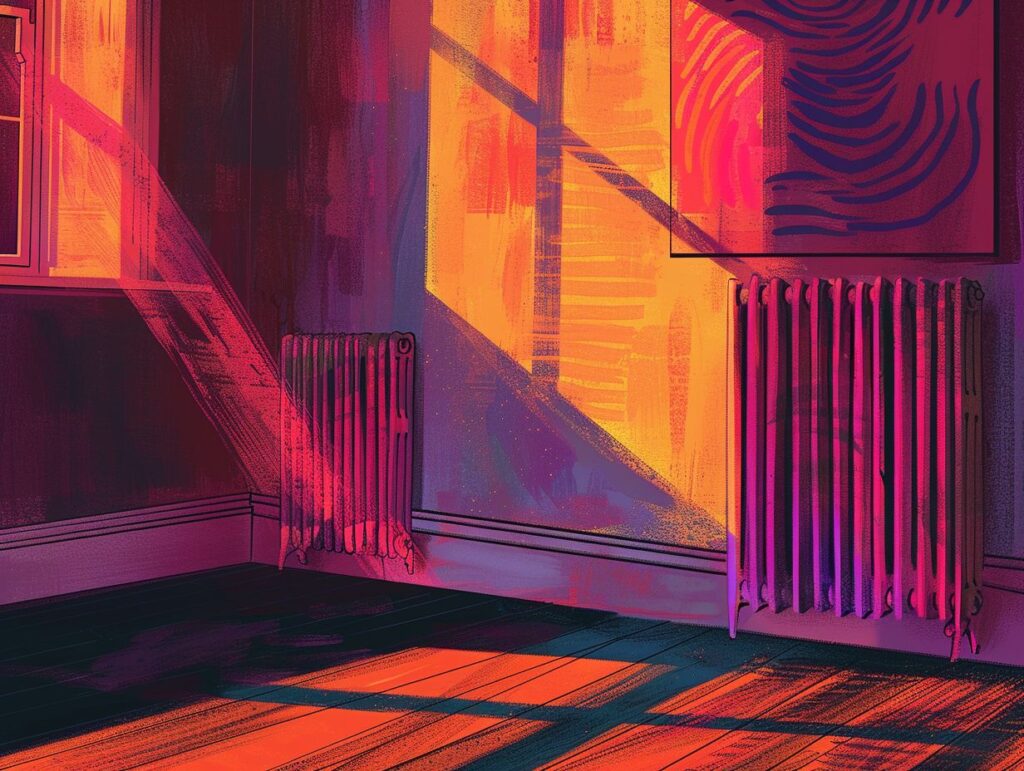Seeking to optimise the heat output from your Type 11 radiators?
This article delves into the functionality of Type 11 radiators, their operational principles, and the variables influencing their heat emission.
It further investigates strategies for enhancing their efficiency, such as bleeding the radiator, incorporating radiator reflectors, and adhering to a maintenance schedule.
Compare various radiator models and alternative heating options to evaluate and enhance the effectiveness of your heating system.
Key Takeaways:
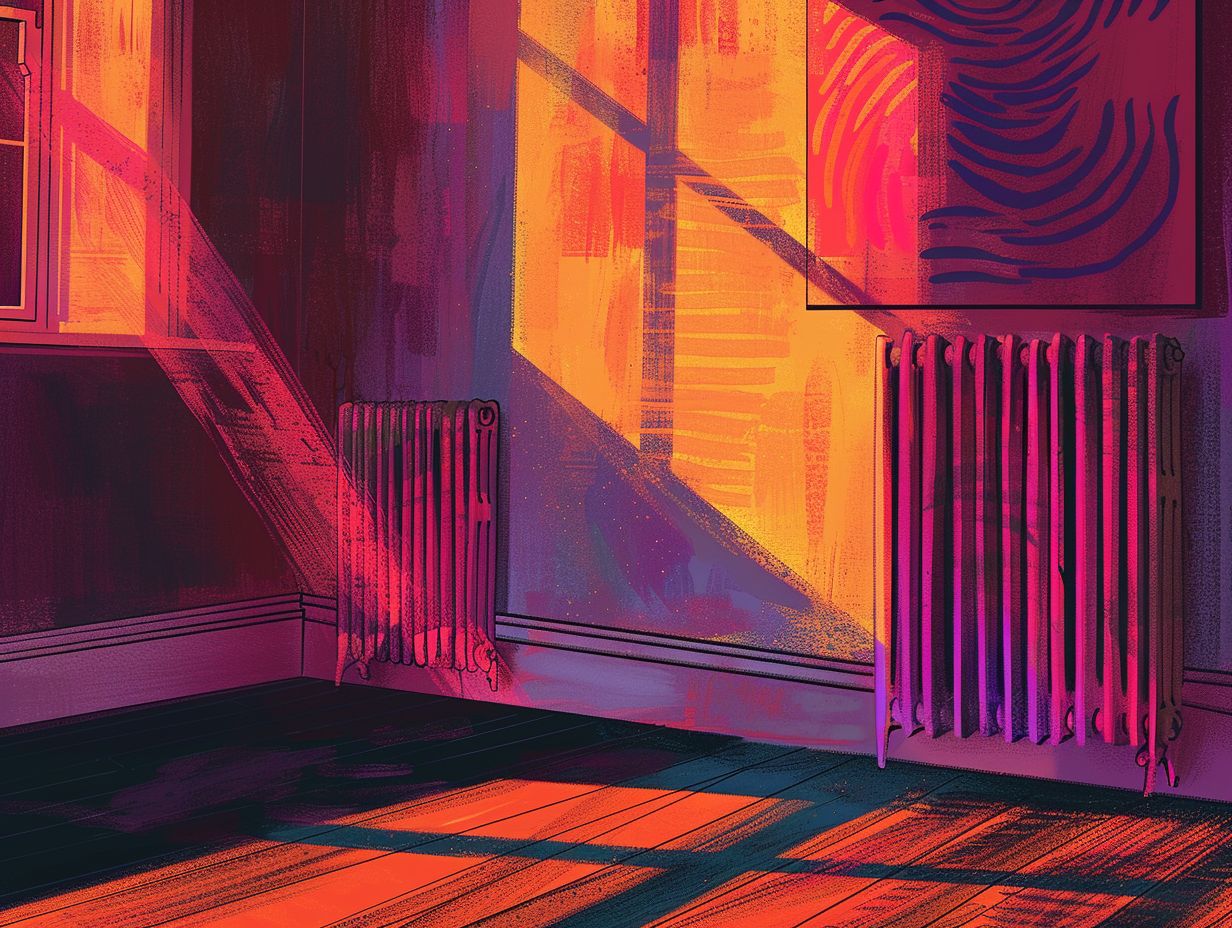
- To optimise heat output from Type 11 radiators, it is important to understand how they work and the factors that can affect their performance.
- Proper maintenance, such as regular bleeding and cleaning, can significantly improve the heat output of Type 11 radiators.
- Considering alternative heating options and using radiator reflectors can also help maximise the heat output from Type 11 radiators.
Factors Affecting Heat Output
When considering the heat output of radiators, several factors come into play, including the size of the radiators, the level of insulation, and the ambient temperature of the room. Understanding these variables is crucial for optimising the efficiency and performance of your heating system.
The size of a radiator directly impacts the heat it can produce, as larger radiators typically generate more warmth. Additionally, the quality of insulation surrounding a radiator is key in preventing heat loss and ensuring effective distribution of warmth.
Moreover, the ambient temperature of the room affects the efficiency of a radiator, with colder rooms requiring the radiator to work harder to maintain a comfortable temperature. By strategically managing these factors, you can achieve a comfortable and energy-efficient environment within your home.
Size and Placement of Radiator
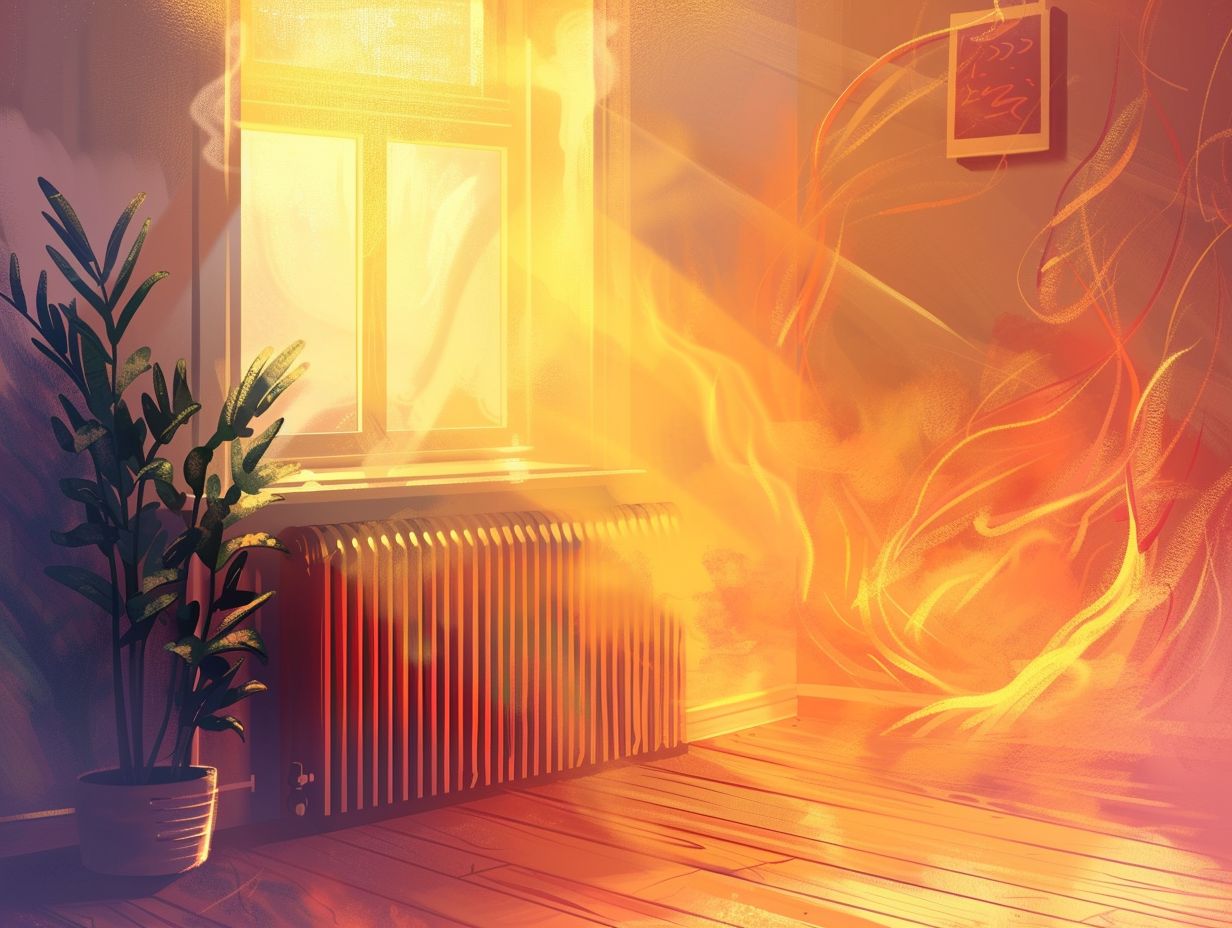
When you are looking to optimise the heat output and efficiency of a radiator in a space, it is crucial to take into account both the size and placement of the radiator.
Ensuring that you select the appropriate size radiator for a room is key in achieving effective heat distribution and maximising performance, ultimately leading to energy conservation and enhanced comfort.
When deciding on the size of a radiator, it is important to factor in considerations such as the room’s square footage, the level of insulation, and the ceiling height.
Radiators that are too large can result in overheating and unnecessary energy consumption, while undersized radiators may struggle to maintain the desired temperature in the space.
Strategic placement of radiators can also play a significant role in maximising their efficiency. Positioning radiators near windows or external walls can help counteract heat loss, while ensuring that there are no obstructions like curtains or furniture in front of the radiators will promote even heat distribution throughout the room.
By placing radiators in areas where heat loss is more pronounced, such as near drafts or uninsulated walls, you can optimise the overall performance of your heating system.
Insulation and Room Temperature
Proper insulation and room temperature management are essential for optimising radiator efficiency and minimising energy expenses. Effective insulation is key to retaining heat within a room, while precise temperature control ensures efficient heat distribution and utilisation.
To enhance insulation in your residence, it is recommended to address areas that are prone to heat loss such as walls, windows, and roofs. Implementing simple measures like sealing draughts, applying weather stripping, and incorporating double-glazed windows can have a significant impact on improving insulation.
Additionally, adjusting your thermostat settings to lower temperatures during periods when you are not at home or asleep can result in notable energy savings. A valuable consideration is to invest in a programmable thermostat, which can autonomously regulate temperatures based on your routine, further optimising your heating system for enhanced efficiency and comfort.
Ways to Optimise Heat Output
Optimising heat output from radiators involves performing regular maintenance tasks such as bleeding the radiators, using reflectors to enhance heat distribution, and ensuring proper cleaning to prevent inefficiency loss. These simple practices can significantly improve the performance of your heating system.
Bleeding radiators is a crucial step in removing trapped air, which can hinder the proper flow of hot water and reduce heat output. Installing radiator reflectors behind radiators helps to reflect heat back into the room rather than being absorbed by walls, thus increasing overall heat retention.
Routine cleaning is essential to prevent dust and debris build-up that can obstruct the radiator’s ability to generate and emit heat effectively.
By following these steps, you can ensure that your radiators operate at their peak efficiency, keeping your space warm and comfortable.
Bleeding the Radiator
Bleeding the radiator is a fundamental maintenance task that involves releasing trapped air from the system. This process enhances radiator efficiency by ensuring consistent heat distribution and preventing cold spots in the radiator.
When air gets trapped in the system, it hinders the flow of hot water through the radiator, decreasing its ability to warm the room effectively. By bleeding the radiator, you are allowing the trapped air to escape, enabling the water to circulate freely and heat the room evenly.
This simple task can significantly improve the overall performance of your heating system, leading to lower energy bills and a more comfortable living environment.
Using Radiator Reflectors
Radiator reflectors are accessories designed to enhance heat distribution by reflecting heat back into the room. By installing reflectors behind radiators, you can improve the efficiency of your heating system and reduce heat loss through walls.
These reflectors work by bouncing the heat from the radiator back into the room, ensuring that the warmth is not lost to the exterior walls. This means that the room heats up faster and stays warmer for longer periods, ultimately leading to energy savings and a more comfortable living environment.
Reflectors come in various types such as foil, panels, or insulation-backed options, catering to different needs and preferences. Installing them is relatively easy and can be a simple DIY project for homeowners looking to optimise their heating setup.
Regular Maintenance and Cleaning
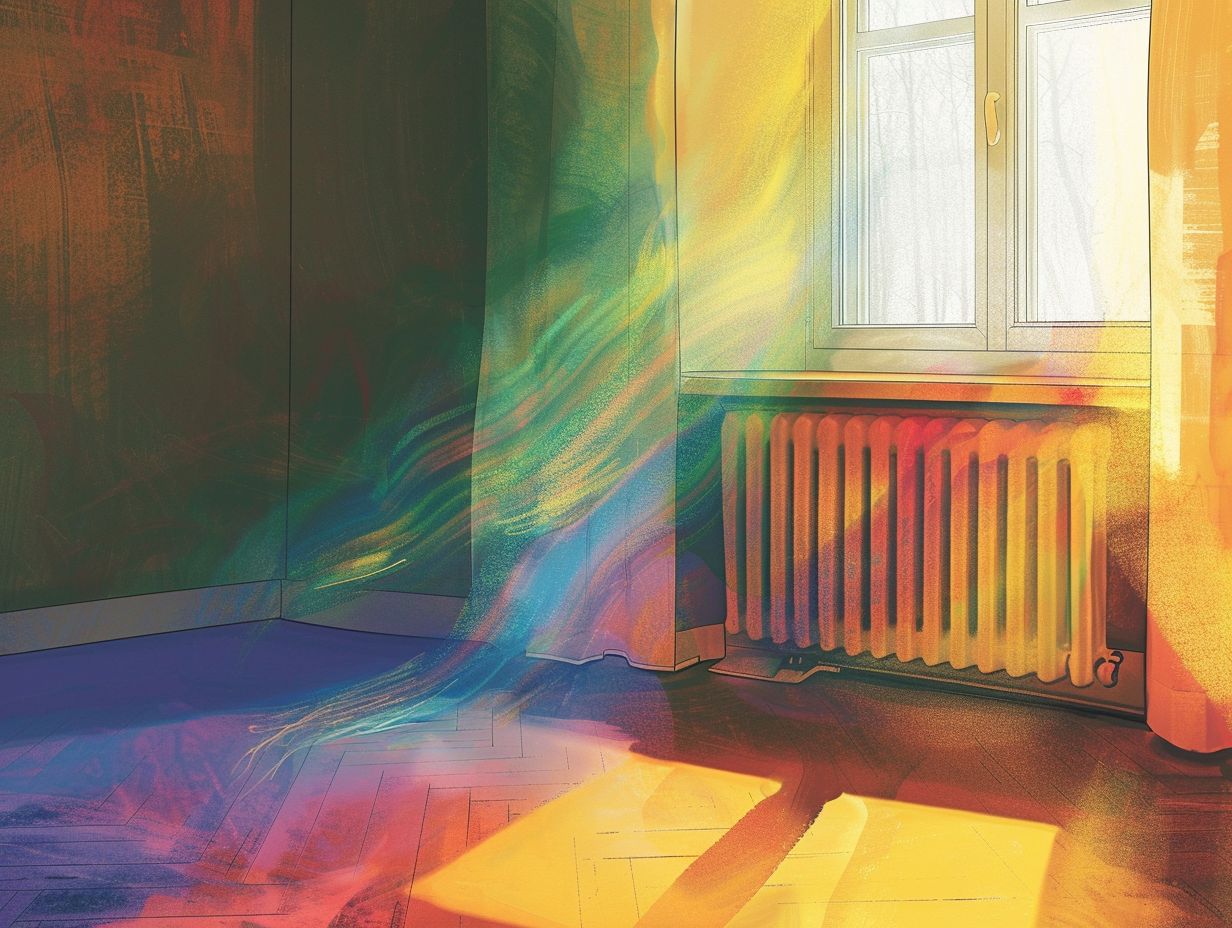
Regular maintenance and cleaning of radiators are essential for ensuring optimal performance and longevity. Removing dust and debris is crucial in preventing efficiency loss and ensuring that radiators operate efficiently, which ultimately leads to energy savings and enhanced comfort.
In terms of maintaining your radiators, there are a few simple steps you can take that will have a significant impact on the effectiveness of your heating system. Begin by inspecting the surface of the radiator for any visible dust or dirt buildup.
Utilise a vacuum cleaner with a brush attachment to delicately remove the dust. For more stubborn stains, a damp cloth with mild soap can be used to clean the radiator.
It’s also vital to keep the area surrounding the radiator clear of any obstructions to facilitate proper airflow. By incorporating these cleaning practices into your regular routine, you can extend the lifespan of your radiator and ensure a warm, comfortable, and energy-efficient home environment.
Alternative Heating Options
When exploring alternative heating options, you should compare different types of radiators and consider additional heating solutions. By evaluating various heating alternatives, you can identify the most suitable option for your specific needs and preferences.
Radiators are a popular choice for many homes because of their relatively easy installation and cost-effectiveness. They offer quick heat output and can be easily controlled using thermostats. However, radiators may not distribute heat evenly across a room, resulting in certain areas being warmer than others.
On the other hand, underfloor heating provides a more evenly distributed heat, creating a comfortable environment. Heat pumps are known for being energy-efficient and environmentally friendly, although their initial installation cost can be high.
Each heating method comes with its own set of advantages and drawbacks, emphasising the importance of considering your priorities when making a decision.
Comparing Different Types of Radiators
When comparing different types of radiators, you should consider factors such as efficiency, energy savings, and performance. Each type of radiator offers unique benefits and drawbacks that can influence overall heating efficiency and cost-effectiveness.
For example, cast iron radiators have excellent heat retention, making them well-suited for maintaining a consistent temperature over an extended period. On the other hand, panel radiators heat up quickly and respond more swiftly to thermostat adjustments, allowing for precise control over room temperature.
It is important to evaluate your heating needs, whether you prioritize rapid heating or gradual warmth, to determine which type of radiator best suits your preferences.
Budgetary considerations are also crucial in the decision-making process, as more advanced and energy-efficient radiators may entail a higher initial cost but lead to long-term savings on energy expenditures.
Other Heating Solutions to Consider
Plus traditional radiators, exploring other heating solutions can offer you alternative ways to efficiently heat your space. Options such as underfloor heating, heat pumps, or smart heating controls provide innovative approaches to managing energy consumption and enhancing comfort.
Underfloor heating is well-known for its ability to evenly distribute heat throughout a room, eliminating cold spots and improving overall comfort. Heat pumps make use of renewable energy sources, making them environmentally friendly and cost-effective in the long term.
Smart heating controls offer advanced automation features, enabling you to customise heating schedules according to your specific lifestyle patterns, optimising energy usage and reducing utility bills.
Frequently Asked Questions
1. How do I know if I have a Type 11 radiator?
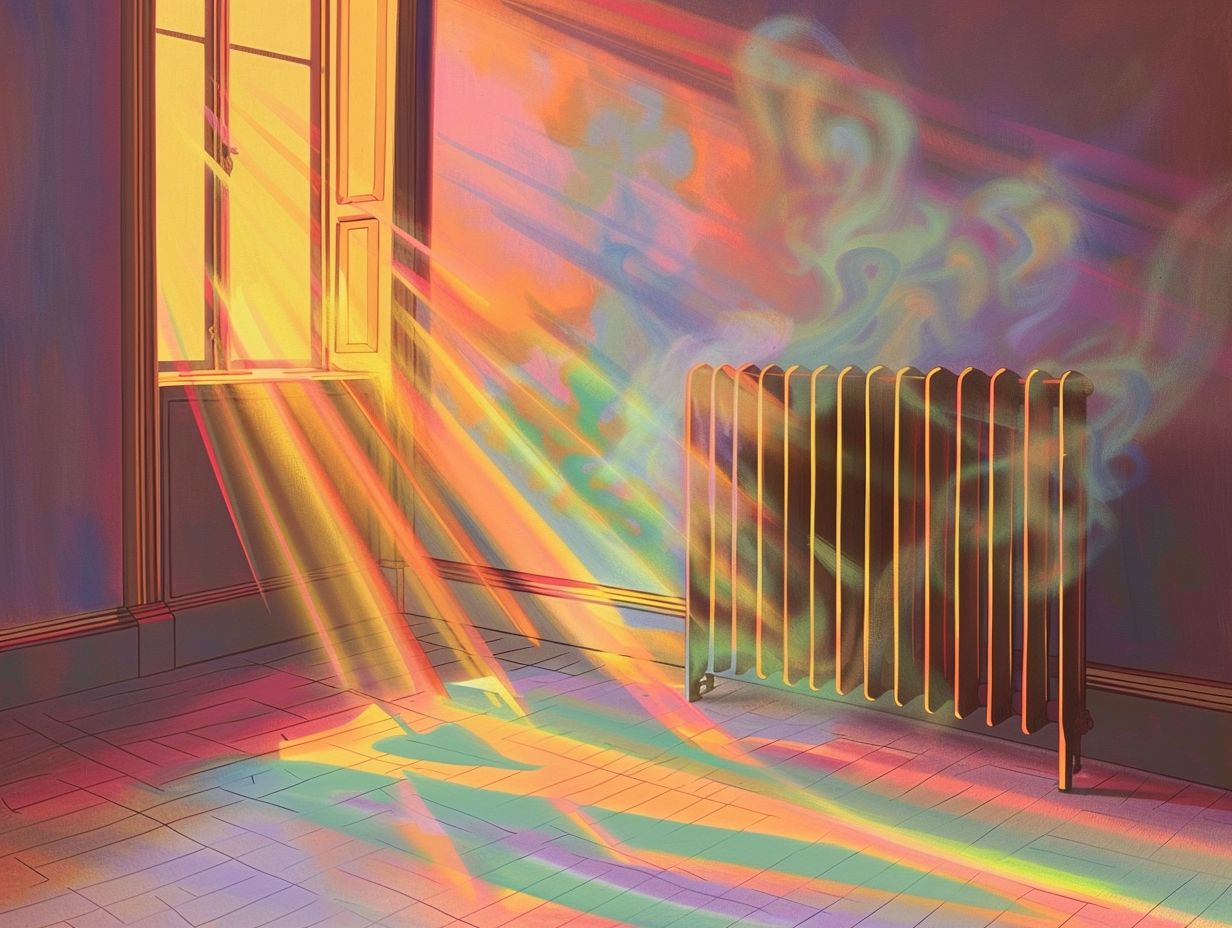
To determine if you have a Type 11 radiator, you can check the specifications label on your radiator or contact the manufacturer for information. Type 11 radiators typically have two panels and one set of fins.
2. What are some tips for optimising heat output from my Type 11 radiator?
There are a few things you can do to maximise the heat output from your Type 11 radiator. First, make sure it is properly sized for the room it is heating. You can also try bleeding the radiator to remove any trapped air, and keeping furniture and curtains away from blocking the heat flow.
3. Can I increase the heat output of my Type 11 radiator without replacing it?
Yes, there are a few ways to increase heat output without replacing the radiator. You can add a reflective panel behind the radiator to reflect heat back into the room, or install a convection fan to help circulate the warm air.
4. Is it safe to cover my Type 11 radiator with a shelf or cabinet?
It is not recommended to cover a Type 11 radiator with any objects, as this can block the heat output and create a fire hazard. It is best to leave at least a few inches of space around the radiator for proper air flow.
5. How often should I clean my Type 11 radiator for optimal heat output?
It is important to regularly clean your radiator to ensure maximum heat output. Dust and debris can build up inside the radiator, hindering its efficiency. It is recommended to clean it at least once a year, or more frequently if you notice a decrease in heat output.
6. Can I paint my Type 11 radiator to improve heat output?
While it is possible to paint a Type 11 radiator, it is not recommended. Paint can affect the heat output and efficiency of the radiator, so it is best to leave it as is. If you do choose to paint it, make sure to use a radiator-specific paint and avoid covering any vents or openings.

